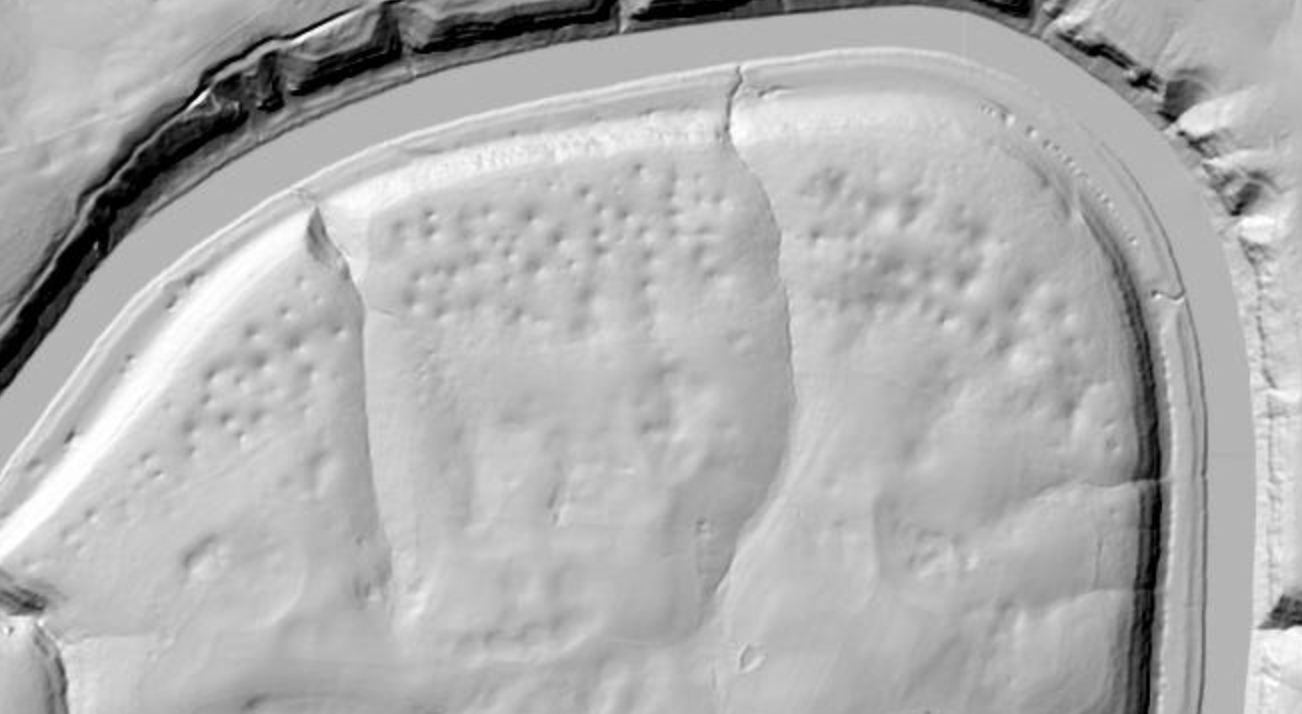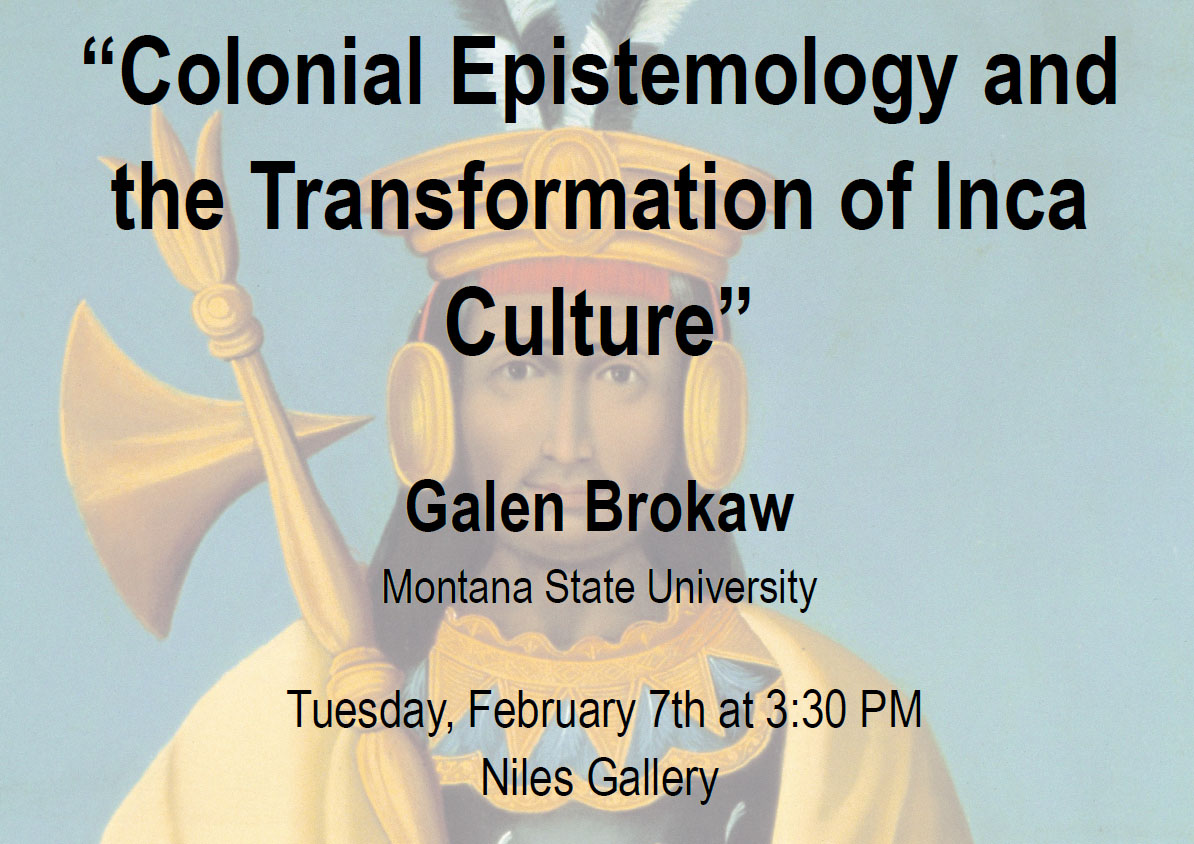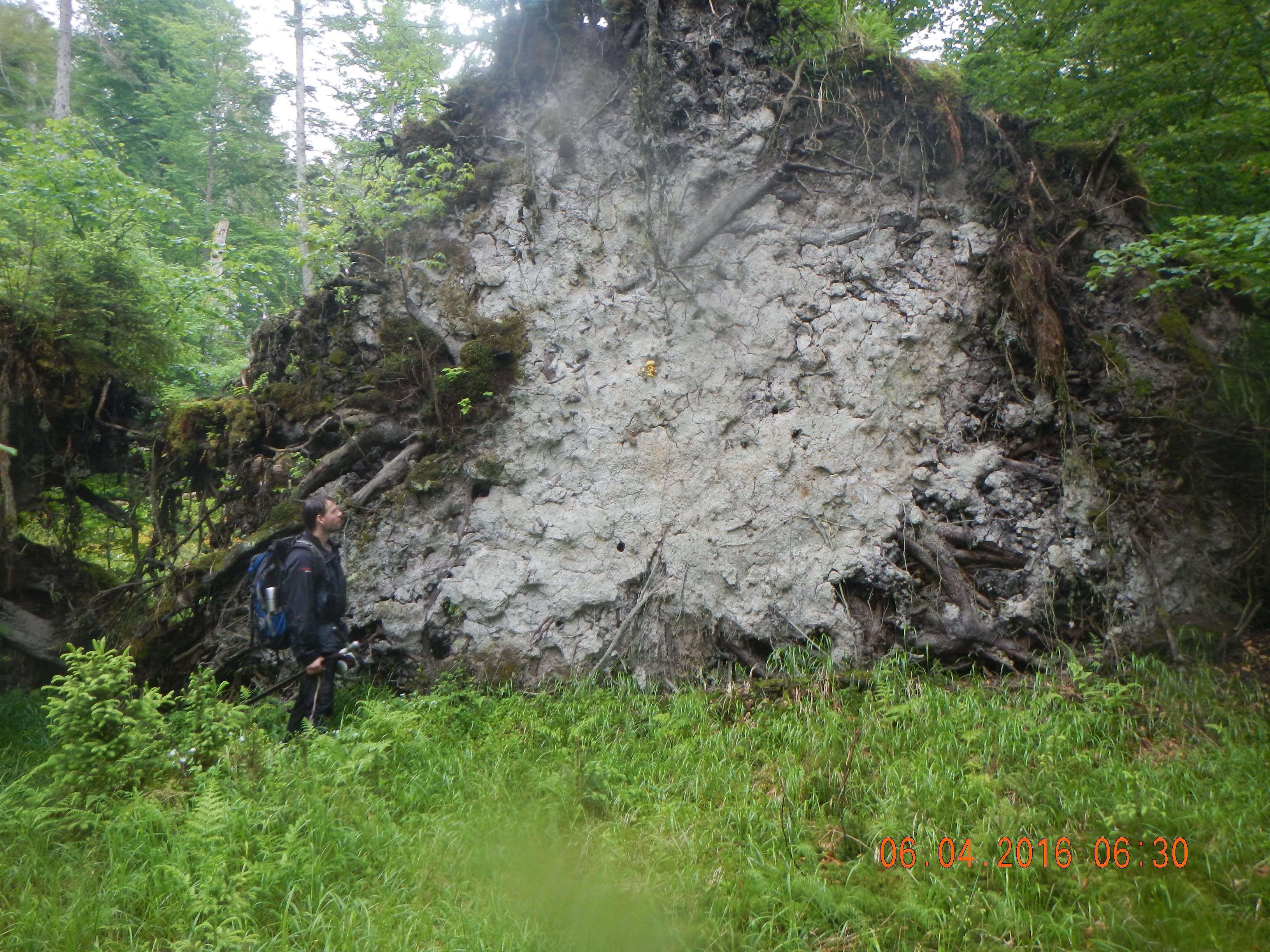Dimensions of Political Ecology Conference 2017
DOPE 2017 Welcome Address: “A Language for Ecological Trauma and a Political Ecology of That Which Is Repressed”
Do we have a vocabulary – a language – to name what people are inhibited to name? For the repressed? The unspoken? What would it sound like if we did? What traumas would we name with that language? In an America born of settler colonial violence and ecological transformation, it seems clear that developing such a language is essential, since return of people, return of land, and return of violent memory are forever entwined in a landscape of ongoing trauma. To name this is an essential part of transcending injustice. This address provides a brief rereading of John Muir’s “Boyhood and Youth” to suggest a glimpse of what such a vocabulary might look like and the good it might do in the era of the North Dakota Pipeline, denial of climate change, a dismembered regulatory apparatus, and other struggles over the colonial present. Through the history of the tormented landscapes of America so named, I offer an invitation to expand the vocabulary with which we speak about fear and desire in nature.
Paul Robbins specializes in human interactions with nature and the politics of natural resource management. His research addresses questions spanning conservation conflicts, urban ecology, and environment and health interactions. He has done extensive fieldwork in rural India, where he has focused his work on the politics surrounding forestry and wildlife conservation in Rajasthan, India, as well as recent research examining the wealth of biodiversity (frogs, birds and mammals) in commercial coffee and rubber plantations throughout south India. Robbins has also led national studies of consumer chemical risk behaviors in America, including research on the abiding passion of Americans for their lawns and mosquito management policies in the Southwest. Dr. Robbins is author of the foundational textbook Political Ecology: A Critical Introduction and numerous research articles in publications that address conservation science, social science, and the humanities. His award-winning book Lawn People: How Grasses, Weeds, and Chemicals Make Us Who We Are is widely recognized as one of the most accessible books on the environmental politics of daily life.



